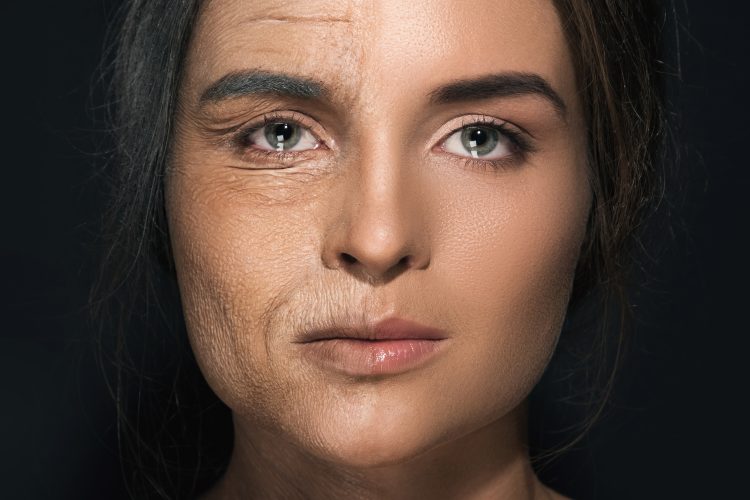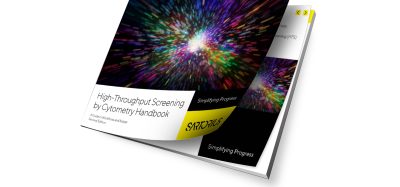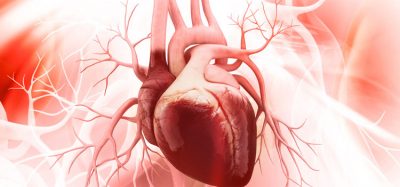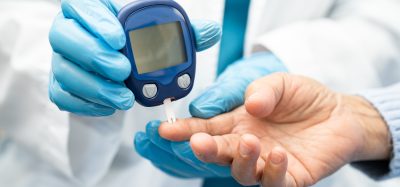New database could inform the development of treatments to slow ageing
Posted: 27 January 2021 | Hannah Balfour (Drug Target Review) | No comments yet
The database could save substantial resources for those wanting to do pre-clinical studies of interventions for age-related diseases, said scientists.


After years of research, scientists studying how mice age have created a database of their findings which could help others aiming to develop therapeutics to slow ageing and age-related diseases.
In the project, five different labs at the Buck Institute for Research on Aging, US, serially profiled 700 individual mice as they aged while testing several therapeutics that extended lifespan in simple model organisms or reduced neurological disease in mice. The scientists established rates of change for clinically significant parameters in untreated mice including kyphosis (age-related curvature of the spine), blood glucose, body composition, activity, metabolic measures and detailed parameters of skeletal ageing in bone.
“This is a unique resource that comes from a study of multiple phenotypes of ageing that had never been looked at before,” said Buck professor Dr Simon Melov, senior author of the study. “Our hope is that our data will enable those working on pre-clinical studies to essentially model experiments virtually, in order to provide a starting point for testing other interventions in mice.”
In their studies they observed that one compound, benzoxazole, which was found to extend the lifespan of nematode worms in a study published in Nature in 2011, was able to slow bone ageing by up to 31 percent over the course of a year’s treatment in the mice.
Dr Gordon Lithgow, Buck professor and Vice President, who’s lab wrote the 2011 paper, commented: “If you have a therapeutic that extends lifespan in a simple animal that has no bone whatsoever, you certainly would not predict that it would slow the rate of bone ageing in a mammal. It is obvious that ageing-related pathways have been conserved during evolution. This new finding is a great example of the utility of screening compounds in simple animals as the starting point to look for unexpected and surprising benefits in mammals.” In nematodes benzoxazole appears to suppress age-related protein aggregation. The precise mechanism of action in mouse bone is still under study, but researchers commented that the compound appears to slow the reabsorption of osteoclasts, bone cells that are active during growth and healing.
Melov explained how their findings are relevant to humans: “The metrics we used are all directly applicable to ageing in humans. They have direct clinical correlates to the types of things you would measure in humans.” For example, researchers witnessed spontaneous fractures in ageing mouse femurs for the first time. Melov explained that they occurred in 2.5 percent of the mouse population, not dissimilar to the incidence of hip fractures in people over the age of 65 (between one and 2.7 percent).
He also remarked that they developed a new unbiased method for evaluating kyphosis, which may pave the way for testing new interventions.
“We think using this new database could save substantial resources for those wanting to do pre-clinical studies of interventions. If someone wants to test a compound against a particular ageing phenotype this database could provide information about how many mice are needed for the experiments and how long it would likely take to see results,” Melov concluded.
The study was published in Journal of Bone and Mineral Research (JBMR) Plus.
Related topics
Big Data, Disease Research, Drug Leads, Drug Targets, In Vivo
Related conditions
ageing, bone fractures, Kyphosis
Related organisations
Buck Institute for Research on Aging
Related people
Dr Gordon Lithgow, Dr Simon Melov








